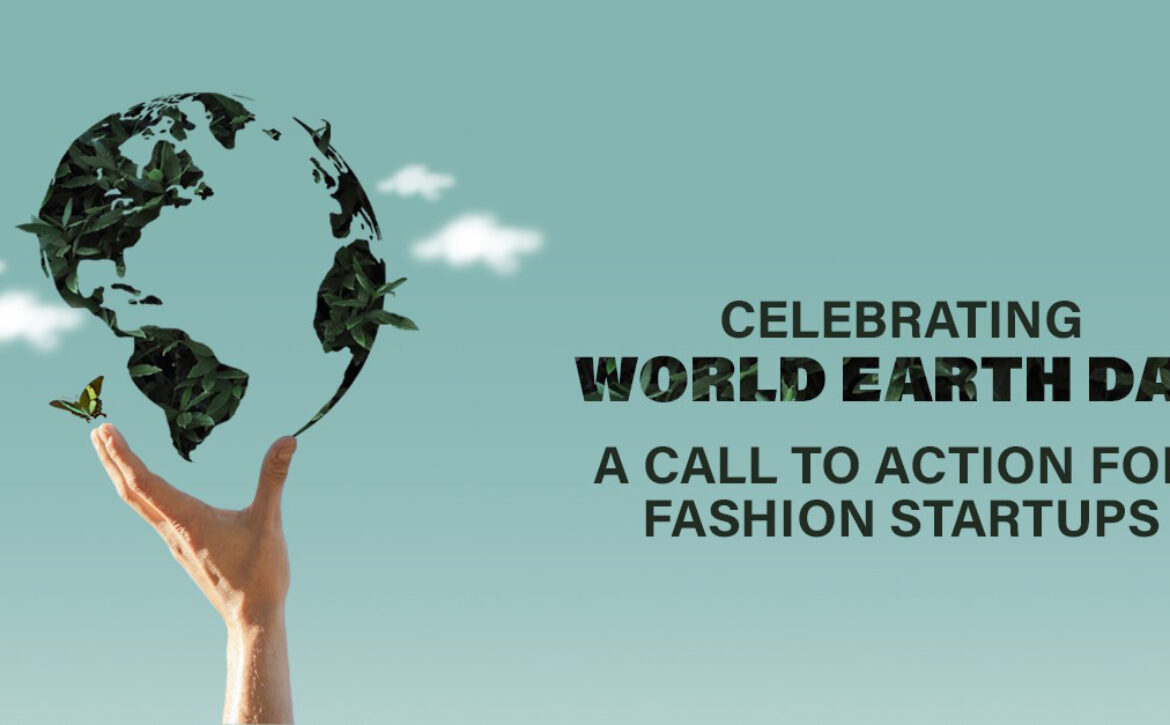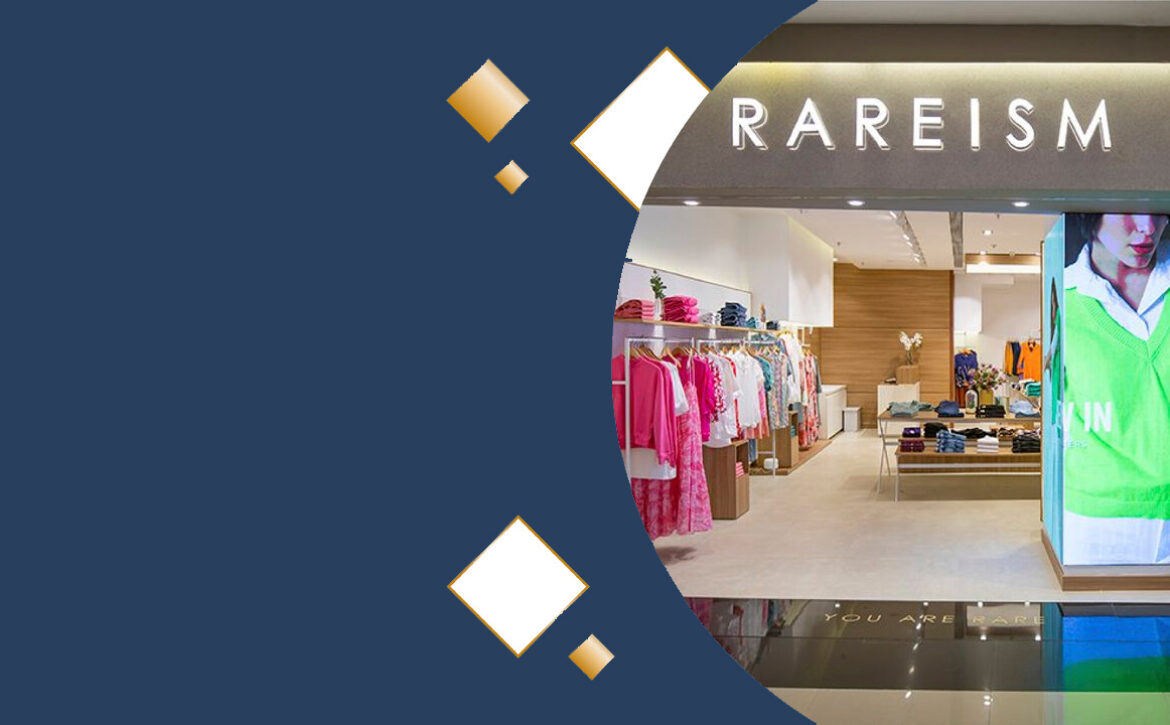Challenges and Opportunities in Inclusive and Adaptive Fashion for People with Disabilities in India
The intersection of fashion and social inclusion is an area that holds immense potential for positive impact. In India, where diversity is celebrated, the fashion industry still faces significant hurdles in embracing true inclusivity and adaptability, especially for people with disabilities. Addressing these challenges presents an opportunity for meaningful change and innovation in the industry.
Awareness and Representation: The First Hurdle
The vibrant and diverse fashion industry in India often falls short of representing people with disabilities. This lack of representation extends beyond visibility and translates into a gap in understanding and addressing the unique needs of this community. When individuals with disabilities are not seen on runways, in advertisements, or design discussions, their voices remain unheard, perpetuating a cycle of exclusivity in fashion.
Design and Functionality: Bridging the Gap
Adaptive fashion requires a thoughtful and innovative approach to design. It’s about reimagining fashion to ensure comfort, ease of use, and aesthetic appeal for all. Features such as magnetic buttons, adjustable waistbands, and sensory-friendly fabrics are essential for many. However, the mainstream fashion industry in India has been slow to adopt these innovations broadly. Close collaboration between designers, brands, and the disability community is crucial to co-create solutions that are both practical and stylish.
Economic Barriers: Making Fashion Accessible
Affordability remains a critical issue. Adaptive clothing often comes at a premium due to specialized designs and limited production runs, making it prohibitively expensive for many people with disabilities in India. Addressing this requires a concerted effort to make inclusive fashion economically accessible. This can involve leveraging technology to streamline production, seeking government incentives, or encouraging mainstream brands to incorporate adaptive lines into their collections.
Social Perceptions: Changing Mindsets
Societal attitudes towards disabilities also pose a significant challenge. In many parts of India, disabilities are viewed through a lens of pity or charity rather than empowerment and normalcy. Changing these perceptions is crucial, and inclusive and adaptive fashion can play a transformative role in this regard. By showcasing people with disabilities as fashionable and empowered, the narrative can shift from one of limitations to one of possibilities.
Moving Forward: A Call to Action
The path forward involves collaboration, innovation, and empathy. The fashion industry, policymakers, and society need to work together to create an environment where inclusive and adaptive fashion can thrive. This means investing in research and development, fostering inclusive design education, and amplifying the voices of people with disabilities within the fashion community.
The challenge is to think beyond traditional norms and embrace a future where fashion truly belongs to everyone. The journey may be challenging, but the rewards – a more inclusive, diverse, and compassionate society – are well worth the effort.
Together, significant strides can be made in making fashion a realm where every individual, regardless of ability, feels seen, valued, and stylish.










